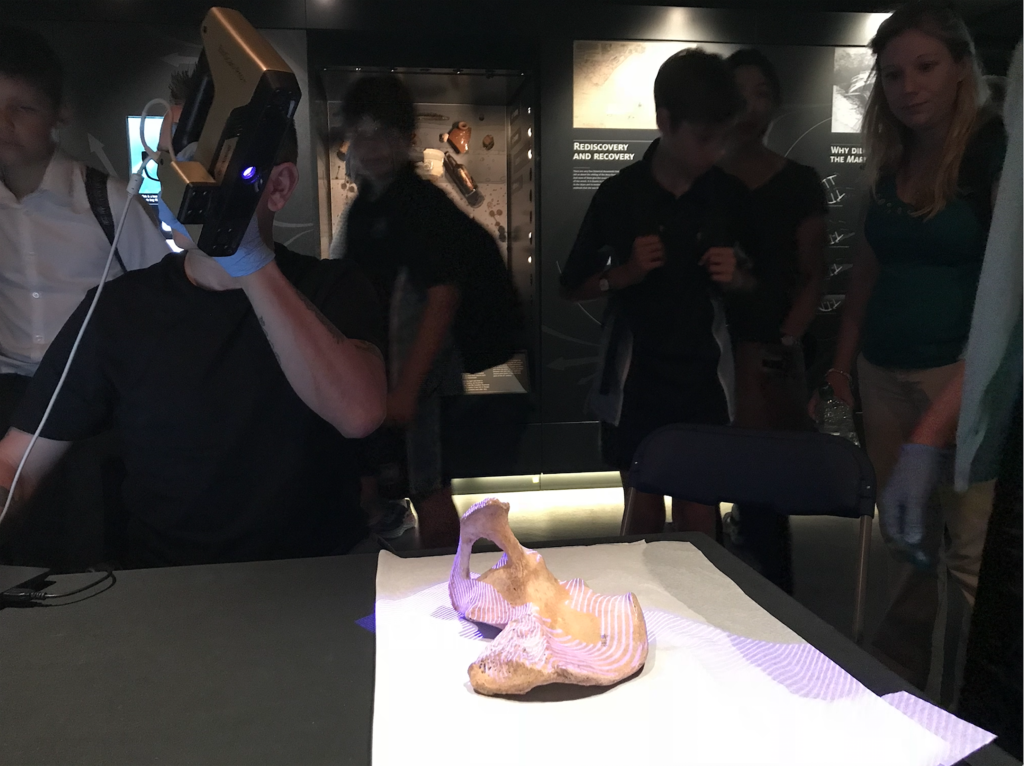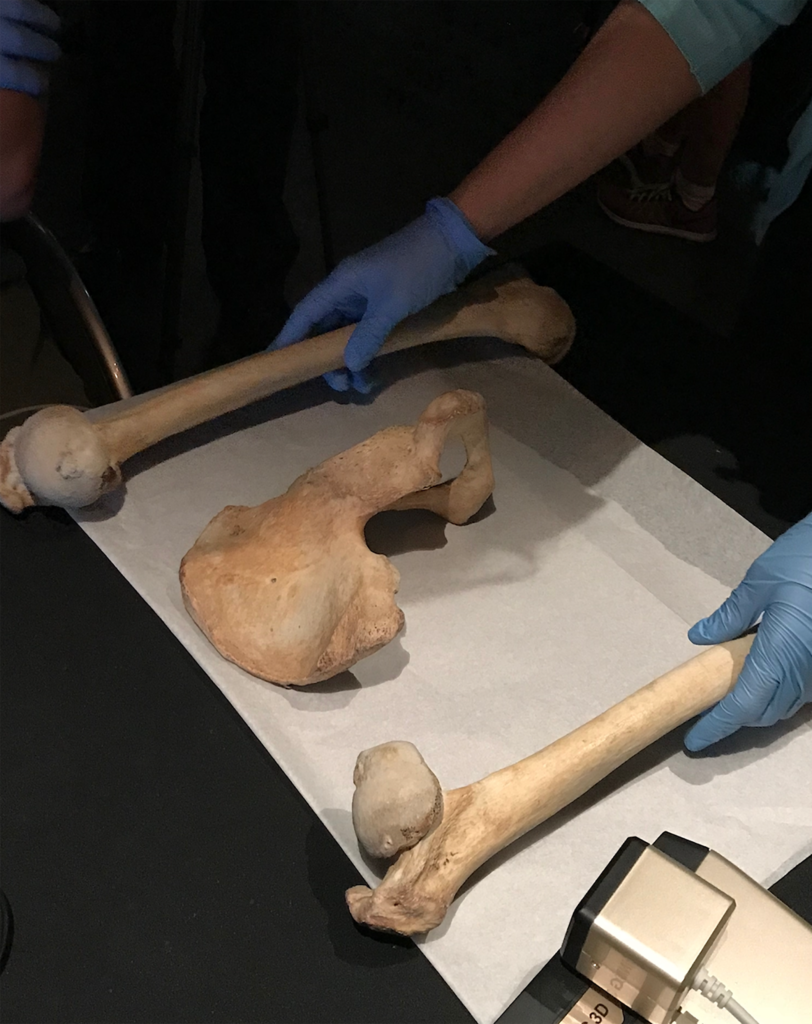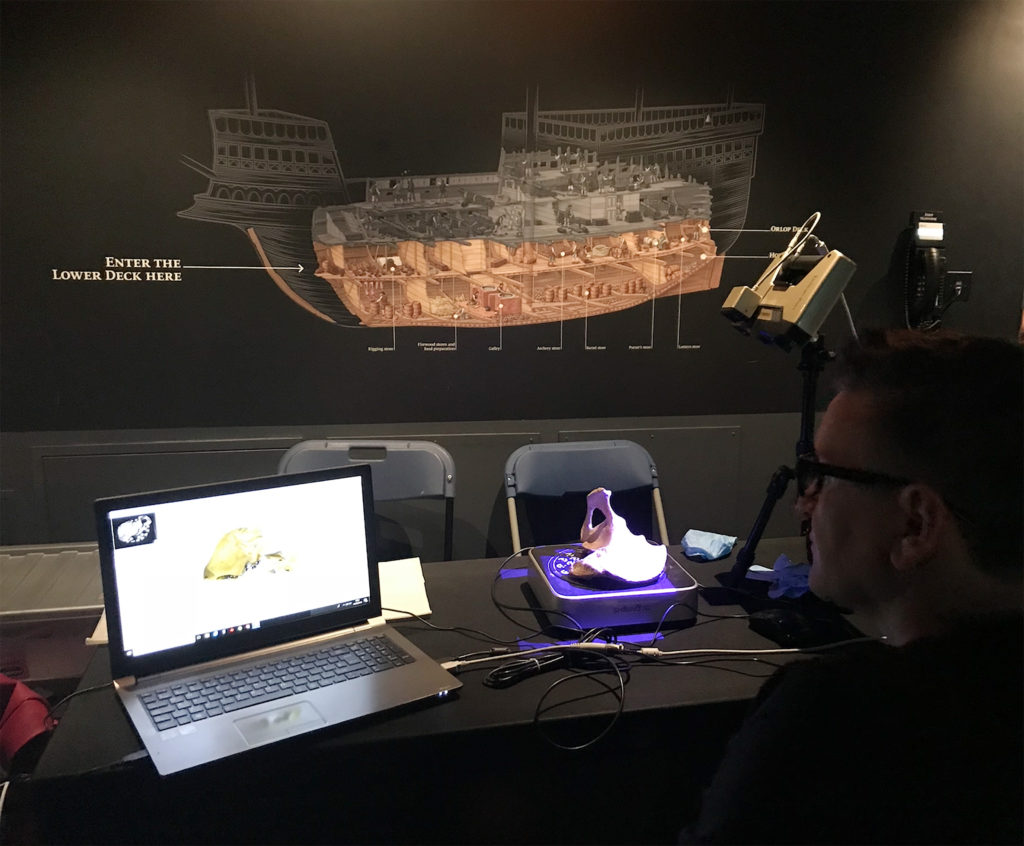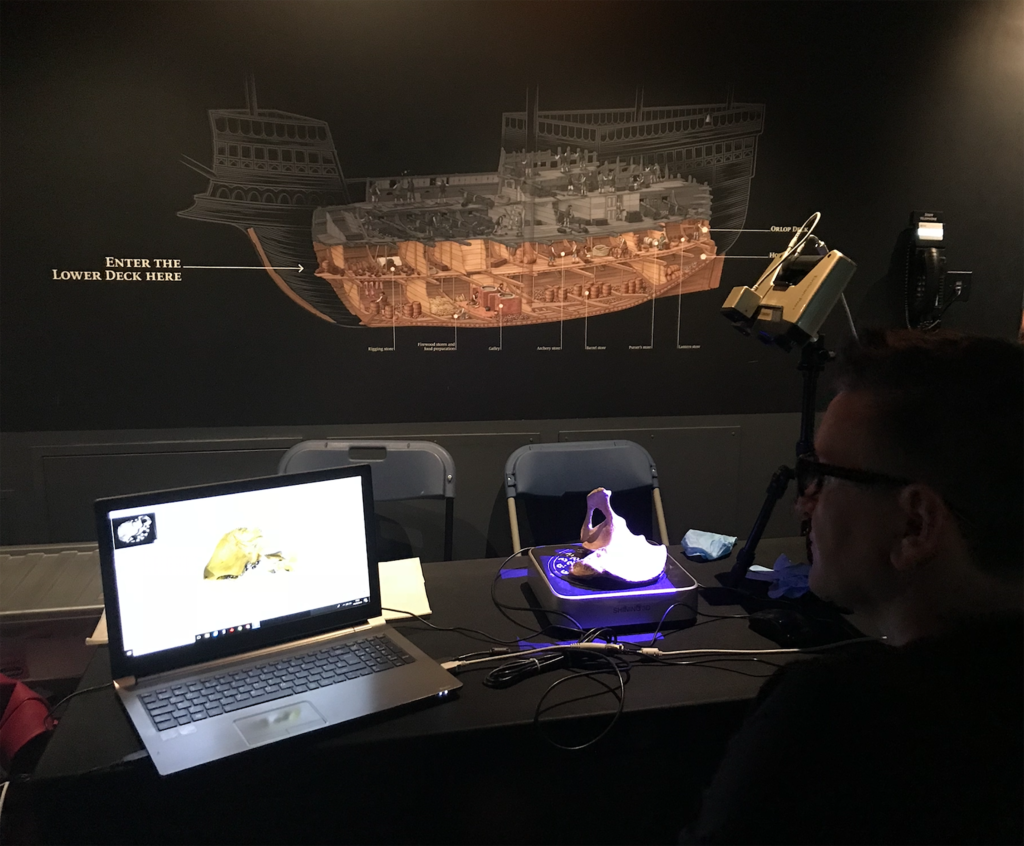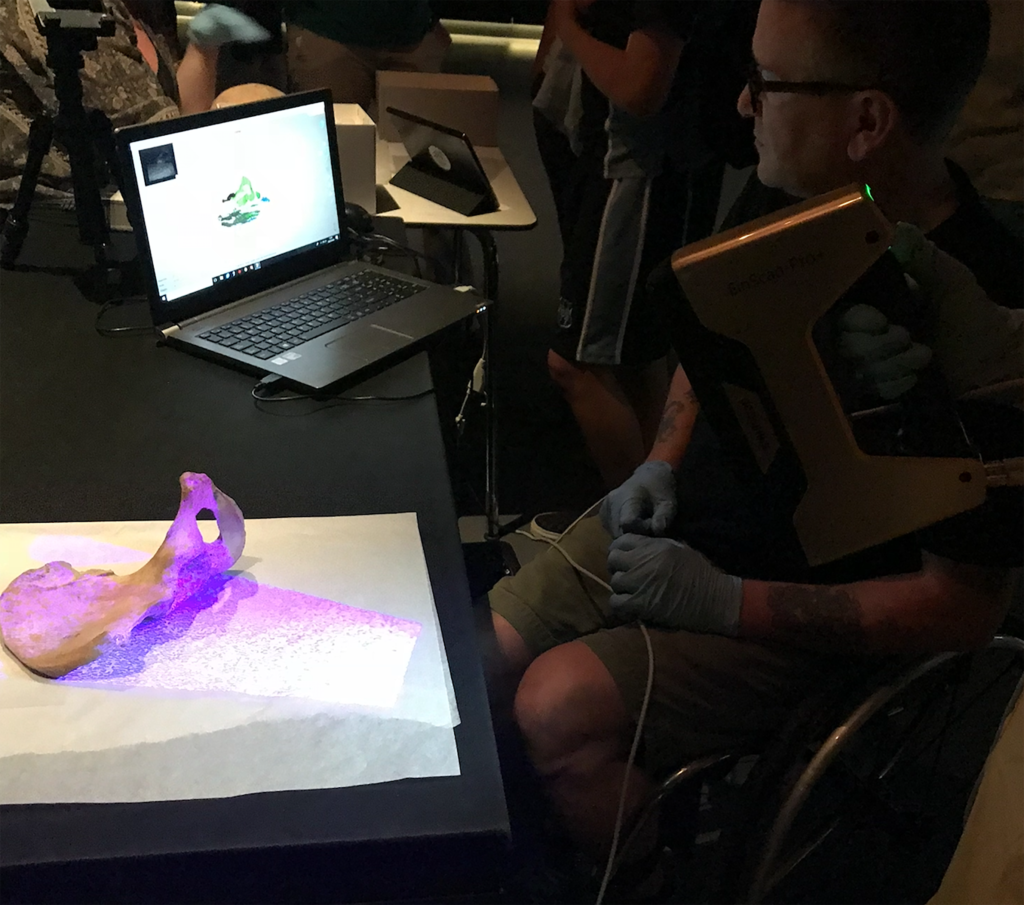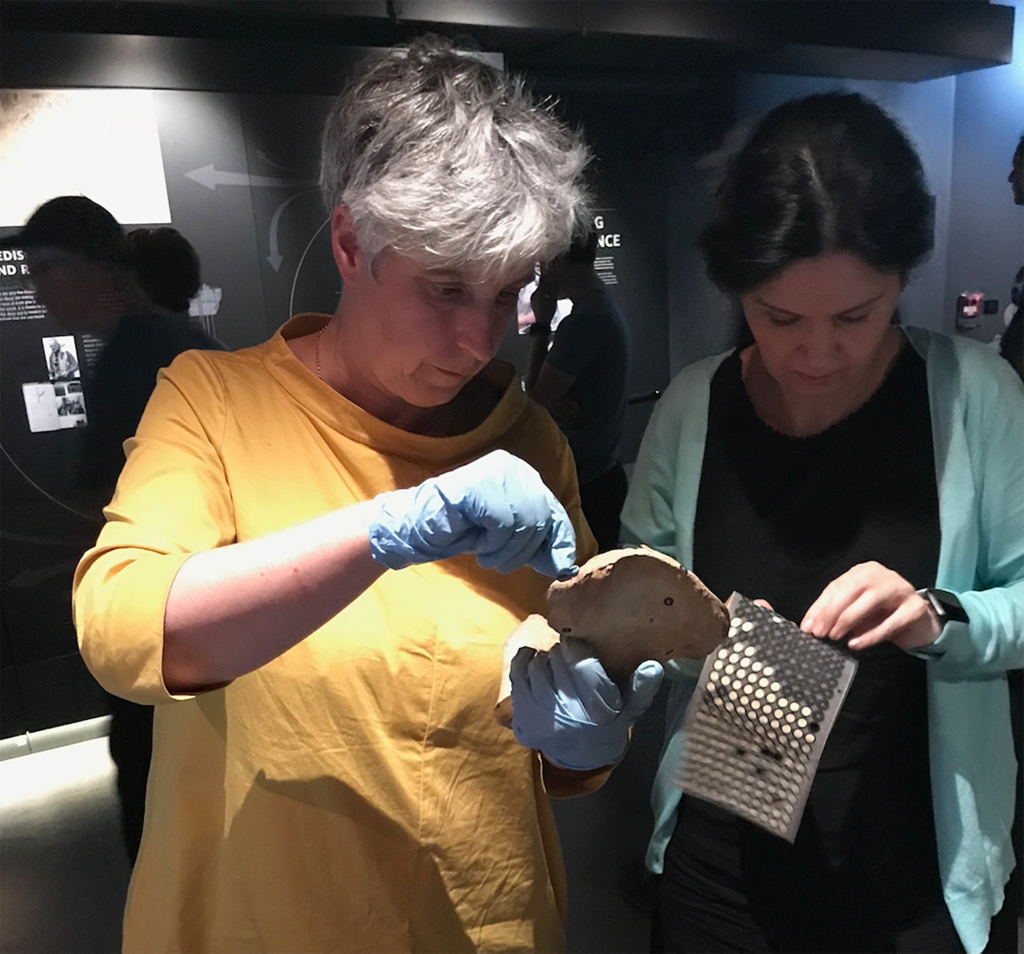Prof. Sarah Curran, Ingrid Murphy
This research will explore how new technological approaches can provide historical information and understanding with links to modern day footwear fashion, wear patterns, lower limb pathologies. This study will offer a transdisciplinary approach combining podiatry expertise, biomechanical analysis, and innovative state of the art technology to draw out a historical context.
In 1545, the Mary Rose Warship sank drowning almost 500 shipmates and in 1982 its excavation brought to the surface over 19,000 artefacts with to date many questions unanswered. A particular example, relates to shoes with over 200 pairs recovered which are yet to be classified for functional and occupational use and wear patterns. This project is based on a feasibility study to explore methods for creating both non-invasive replicas of human bones and calculating shoe dimensions using 3D scanning and various forms of 3D printing methods. There are a number of chests of shoes available and it is known that the ‘purser’ from the Mary Rose was likely to have several pairs but also suffered with bilateral (both) Perthes disease†. The 3D scanning technology will be used to explore and record the shoes for wear characteristics linking with the pathology along with scanning the hip bones to create visual representations of heritage biomechanics and pathology.
Academic Conference Dissemination:
Murphy, I. Space and the Transdisciplinary Ethos of FabCre8. CAA Conference, Los Angeles 2018

